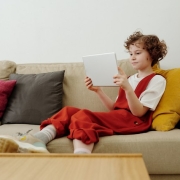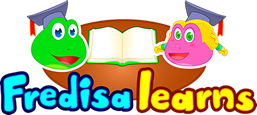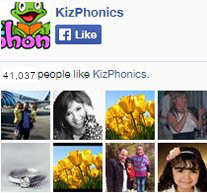Unraveling the Magic of Words: Understanding What Phonics Is
The Essentials of Phonics in Early Childhood Education
When it comes to teaching children how to read, the term "phonics" often appears as a buzzword in educational circles. But what does it really mean, and why is it so crucial for literacy development? This comprehensive guide aims to unravel the intricate world of phonics and illustrate its importance in forming the building blocks of language for young learners.
What Is Phonics?
Phonics is a teaching method that focuses on the relationship between the sounds of spoken language and the letters or groups of letters used to represent those sounds in written language. It serves as the foundation for spelling, reading, and writing, helping children decode words through sound-letter correspondence.
Phonics Vs Phonemic Awareness: The Fine Line
Both phonics and phonemic awareness are essential elements in teaching children how to read. However, they are not the same. Phonemic awareness involves recognizing and manipulating the individual sounds in spoken words without the involvement of text. Phonics, on the other hand, is all about connecting these sounds to written letters. Both are vital, but phonics extends the concept of sound recognition into the realm of reading and writing.
Why Is Primary Phonics Important?
Primary phonics refers to the introductory phase where children first learn the alphabet sounds and how these correspond to written letters. It lays the foundation for more complex reading skills and sets the stage for future literacy. By understanding the basics early, children are better prepared to tackle more complicated language patterns as they progress through school.
Core Phonics Survey and Quick Phonics Screener
The Visual Aspect: Visual Phonics
Visual Phonics is an educational system that pairs written letters and phonemes with a corresponding hand sign or written symbol. This method can be particularly effective for children who are visual learners, aiding in the internalization of phonics principles.
Kindergarten Phonics Worksheets
When children reach kindergarten, they are ready for more complex phonics tasks. Worksheets at this stage introduce digraphs, blends, and more intricate phoneme-grapheme mapping. These can be highly useful resources for solidifying foundational phonics skills.
Find kindergarten-level phonics worksheets here.
From Phonics to Reading
Phonics is not an end but a means to an end: Reading. Effective phonics instruction equips children with the tools they need to decode written language, enabling them to transition from recognizing individual letters to reading full sentences and eventually entire stories.
Phonics and Spelling Through Phoneme-Grapheme Mapping
This involves teaching children how to map sounds (phonemes) to letters (graphemes). It takes the phonics instruction to the next level by focusing not just on letter-sound correspondence but also on the spelling patterns that use these sounds.
ABC Phonics and Beyond
ABC phonics is often where the journey begins. It's the simplest form of phonics instruction, helping children associate each letter of the alphabet with a corresponding sound. But remember, the world of phonics goes far beyond just the ABCs.
The Kizphonics Approach to Phonics
Conclusion: Unlocking the Language Universe with Phonics
Phonics is more than just another educational term; it's a pivotal aspect of literacy development. From the foundational ABC phonics to the more advanced phoneme-grapheme mapping, each step in the phonics journey unlocks a broader, richer universe of language and expression for children. And with an array of resources from Kizphonics, you can ensure that your child gets the best start on their journey into the magic of words.
Explore the Kizphonics Phonics Program for a comprehensive guide.









